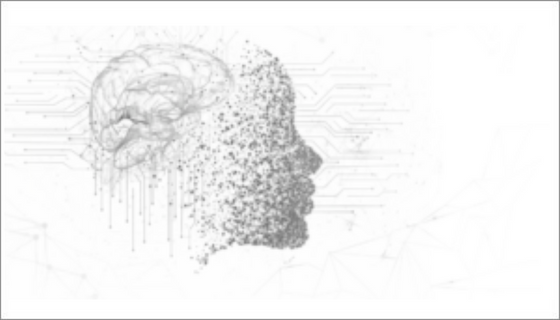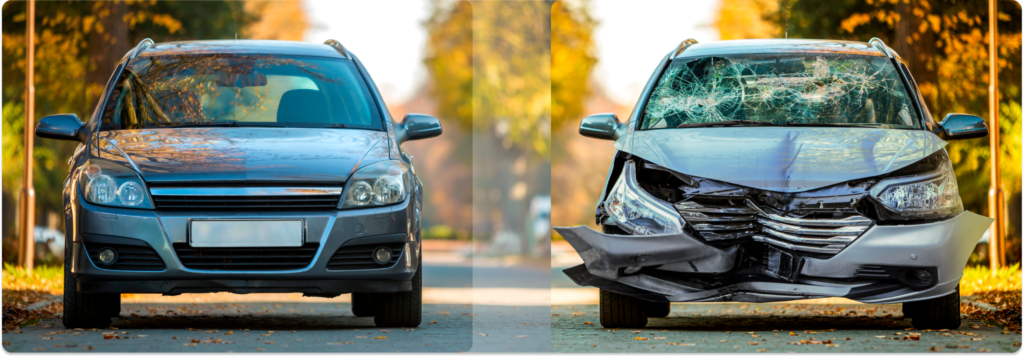Artificial Intelligence has captured our imaginations and the minds of our scientific talent since the 1950s. The term “AI”, was coined by professor Emeritus of Stanford University John McCarthy, who both popularised the concept and defined a discrete new field of computer science. Ideas surrounding the technologies equipped with intelligence have worked their way into our hearts and minds. And now, we listen intently to the best scientific minds and leading entrepreneurs to gauge the next paradigm of intelligent systems. We all sense the enormity and implication of the power these systems can wield. We also see the race amongst tech start-ups, tech giants, and well-capitalised industries competing for space within what is the beginning of the next phase of the human race.
And yet, the actuality of these huge and recent leaps forward are far more practical in their application than our collective imaginations might suggest. Just as the power of software systems was harnessed to store information such as the day-to-day tally of our national insurance contributions, or look up today’s weather, you too will see the practical application of AI systems within our lives, and sooner than you may think! Indeed, this evening’s film recommendation may be courtesy of AI.
The near future of visual AI
At Photocert, we provide practical, real-world solutions using Applied AI technologies. Harnessing both AI technologies of today and pioneering the development of challenging, but achievable, applied AI solutions for the near future. Since our inception, the Photocert team has gone on to achieve support from several accelerator programs, including Barclays Techstars London 2019 and support from Twinkl Hive in 2021. Most recently, Photocert has been succeeding within commercial settings. Notable clients recently onboarded spread from Italy (AXA), to Tanzania (Heritage Insurance) and integration into a notable insurance platform (in the US), yet to be announced by the end of 2022
As a pioneer in applied AI, computer/ AI vision, and process automation, we are well-placed to see what we should realistically expect to see within the near future, & into the next 5 years. Therefore, here’s a sample of these technologies and how they’ll be used in your life!
How your insurance claims will be handled
One of our major outlays is the associated cost of insuring our homes and motor vehicles. Following a claim submission, you can often wait for days or even weeks for the assessor to arrive, followed by further delays whilst reports are created and submitted.
Imagine now a world where following a burst pipe (one of the most common claim reasons), we simply use an app or a web app on our phones, point the camera at the damage, wait a few seconds and your claim settlement is offered, along with all the necessary arrangements to restore your home there and then, without delay.
Fortunately, those technologies already exist. Insurance companies are adopting these technologies presently, and you’ll see the integration of these processes within a few years becoming mainstream.
Photocert is helping to pioneer such automation. Harnessing the power of smartphone cameras, computer vision, object detection, and natural language processing into one seamless end-to-end process.
As the results of these technologies directly reduce inspection and assessment costs, you should expect to see premiums becoming ever more competitive, alongside an improvement in customer satisfaction levels.
How image fraud detection will help us trust images we see
Our work, news feeds, and social lives increasingly rely upon video content and image-based interactions. Our eyes are only as good as nature intended. So, imagine a world where every image we rely upon is screened automatically for tampering. This is the predicted future of AI.
All of these interactions can be verified using AI technologies. Removing the likelihood of seeing tampered images and videos within our daily lives won’t be hugely noticeable, but it will be there. Helping to resolve one of the most worrying aspects of all our interactions, the risk of fraud and misinformation.
Visual AI – Fields of development
Object detection
Object detection harnesses computer vision and has come into its own following the rise of the powerful smartphone/portable digital cameras we all carry. Digital images are scrutinised down to the last pixel using powerful machine learning software, which becomes adept at recognising objects within its field of view – people, animals, walls, furniture, light fittings, electrical sockets, and so on.
Furthermore, the relationship between the objects provides additional insight using augmented reality.
NLP (Natural Language Detection)
Many objects around us have labels, logos, and visible writing. Appliances and clothing proudly bear the manufacturer’s branding alongside other labelling clues. Stylised typefaces, small or distant writing, or partially damaged wording is no obstacle to visual AI.
Visual AI probes down to the pixel level, creating insights that can be used to start the process of pricing checks and cataloguing.
Picture-of-a-picture
New technologies for generating physical documents, such as printers and scanners, have raised many concerns about their misuse, like generating illegal documents and manipulating evidence from a criminal investigation.
Capturing an image of a scene from a computer screen is different from capturing the same image in the real world, as it produces unwanted high-frequency noise called Moiré patterns. When an image is captured on a computer screen, Moiré patterns are produced due to the overlap of the digital grids of the camera sensor resulting in high-frequency noise in the image. Detection of the Moiré pattern can help to identify the spoofing, especially for critical applications like biometric-based person identification (e.g., face recognition) or picture-of-a-picture identification (e.g., insurance claim process).
Once identified, the insights can lead to an exact identification of the object – colour and model of the cooker, for example. Beyond that, AI determines the object’s current value, delivery, and fitting cost, which are all added to a settlement calculation. Millions of pixels, and potentially hundreds of objects are instantly checked at the touch of a button.
Augmented reality & spatial dimension
Orienting an object within its spatial frame, assessing exact dimensions and performing calculations based upon areas, which may be random in shape, are just some of the feats of augmented reality and spatial dimensioning.
We humans are incredibly good at placing objects relative to each other, but not so quick at calculating a surface area to the exact square millimetre. Therefore, these calculations are performed at the click of a button using AI technology augmented with visual AI.
This brings us to the end of our insight into the future of AI and our exploration of how visual AI will affect our lives very soon. Visual AI technologies are an incredible development of computer science which will impact our lives in many different ways. We hope you enjoyed reading our near-future insight.
If you liked what you read and you’ve reached this part of the article, consider following us on Linkedin to keep up with the latest insights and information regarding the Photocert world and AI.

